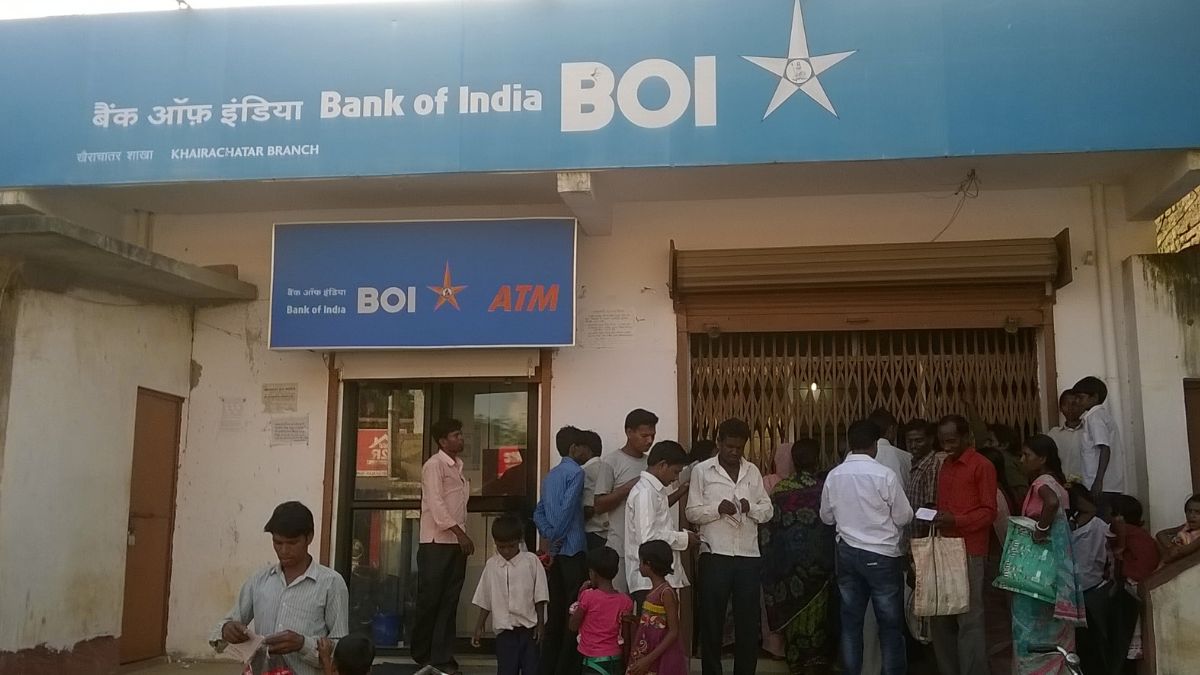With just hours remaining before 2025, the Reserve Bank of India (RBI) is taking proactive steps to ease the pressure on the banking system and strengthen both cyber and financial security. As part of these efforts, the RBI is set to introduce several important measures that will impact millions of bank account holders across the country. Some account holders may lose access to certain accounts due to inactivity or as part of actions aimed at ensuring financial security. In light of this, the RBI has also outlined specific precautions to help avoid account cancellations.
These steps stated below are designed to ensure a smoother, more secure financial landscape as we step into the new year, reflecting the RBI’s commitment to safeguarding the interests of all stakeholders.
Dormant Accounts
A dormant account is one where there have been no transactions for a continuous period of two years or more. The RBI considers such accounts particularly vulnerable to misuse by hackers. Hackers and fraudsters often target inactive accounts for fraudulent activities. The closure of these accounts has been under consideration by the RBI for several months. As a result, if you have a dormant account that has been inactive for two or more years. it will be closed starting January 1, 2025. The RBI’s decision is aimed at safeguarding both customers and the banking system.
People may use dormant accounts for a variety of reasons, but typically, dormant accounts are not actively used for everyday transactions. There are cases were people deposit money into the account once but not withdraw or deposit any more funds, leading to inactivity.
Inactive Accounts
Fraudsters and hackers often target inactive accounts with no transaction activity over a specified period (typically 12 months or more). These accounts will also be closed as part of the RBI’s efforts to enhance account security and reduce the risk of fraudulent behavior. If you have an account in this category, you will need to reactivate it or face potential closure.
Zero Balance Accounts
Accounts that maintain a zero balance for an extended period will also be subject to closure. The RBI’s goal is to prevent the misuse of such accounts by minimizing financial risks and encouraging customers to maintain active relationships with their banks. Additionally, this measure aims to strengthen Know Your Customer (KYC) norms, ensuring that all customer information is accurate and up to date.
Precautionary Measures for Customers
If your account has been dormant for over two years, it’s essential to act swiftly to reactivate it. The first step is to complete the KYC (Know Your Customer) process if you haven’t done so already. This might involve visiting your bank or updating your details online. Regularly updating your KYC information, which includes verifying your identity and address with the bank, can help prevent your account from being flagged as inactive.
Many banks require a minimum balance to be maintained in your account. Make sure to check your bank’s specific requirements and keep the necessary balance to avoid your account being marked as inactive. While offline banking options are still available, embracing digital banking channels not only offers greater convenience but also aligns with the RBI’s push towards a more modern banking system.













